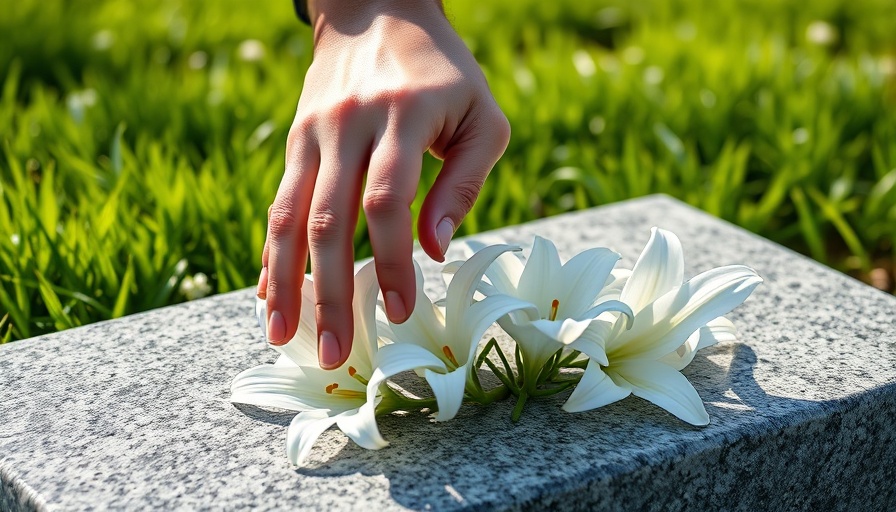
Understanding the Intersection of Life, Death, and Yoga
Life and death have always been intricately linked, yet many of us live as if these two states are entirely separate entities. This misconception can lead to a sense of fear around the topic of mortality. However, insight from the Bardo Thodol, or the Tibetan Book of the Dead, teaches us that these fears can be alleviated by understanding that life and death are manifestations of the same fundamental reality—the Clear Light or the Great Light of existence.
Exploring the Bardos: A Universal Experience
The journey through the Bardos—transitional phases from life to death—offers profound teachings applicable across cultures. The three Bardos include the Chikhai Bardo, representing the moment of death; the Chonyid Bardo, where the consciousness interacts with karmic imprints from one’s life; and finally, the Sidpa Bardo, a preparatory phase for rebirth. This framework serves as a reminder that consciousness is fluid, and how we engage with our spiritual practices, including yoga, influences the quality of this journey.
Integrating Yoga Practices for Lifelong Preparation
Yoga is not merely a physical practice; it's a comprehensive system designed to enhance mindfulness and awareness. Engaging regularly in yoga practices such as yoga nidra and pranayama can prepare us for the inevitability of death by fostering a deep connection to the present moment. Yoga nidra meditation, a state of conscious sleep, allows us to encounter the essence of our being, while pranayama teaches us to navigate the life force associated with our breath, preparing us for a calm acceptance in times of change.
The Role of Breath: Bridging Life and Death
Breath is central to both yoga and the understanding of the Bardos. The SO HUM mantra—“SO” represents creation and “HUM” the Clear Light—acts as a thread linking our experiences. Through focused breathing, we cultivate a sense of inner bliss, helping dissolve the fears surrounding death. The conscious act of breathing not only sustains life but also prepares us for the final moments, guiding us to recognize the oneness we share with all existence.
Mindfulness and Its Importance
Practicing mindfulness in daily life and through yoga can facilitate a greater understanding of the Bardos. Awareness brings clarity, allowing individuals to encounter their thoughts and emotions openly. When facing life’s ephemeral nature, mindfulness can help in navigating fears and developing a compassionate relationship with oneself and others. This cultivation of awareness ultimately nurtures our mental health and well-being, acting as a transformative process that encourages acceptance and peace.
Embracing the Unified Nature of Life and Death
Ultimately, the teachings from the Bardo Thodol remind us that life cannot be fully understood without acknowledging death. We can transform our perceptions around mortality by integrating these concepts with our yoga practices. This blends a philosophy of acceptance and an intimate understanding of our existence, enriching our lives in the process. Embracing the truth of life and death as part of a cohesive journey allows us to live more fully and to prepare for our inevitable transitions.
Conclusion: The Graceful Dance of Existence
Recognizing the unity of life and death is not merely philosophical; it is a practical realization that can be achieved through dedicated yoga practice. By confronting our fears, cultivating mindfulness, and embracing our interconnectedness with the cosmos, we step out of illusions and into a realm of profound inner bliss. As we nurture our physical and spiritual selves through yoga, we prepare for the ultimate transition with grace.
 Add Row
Add Row  Add
Add 




 Add Row
Add Row  Add
Add 

Write A Comment